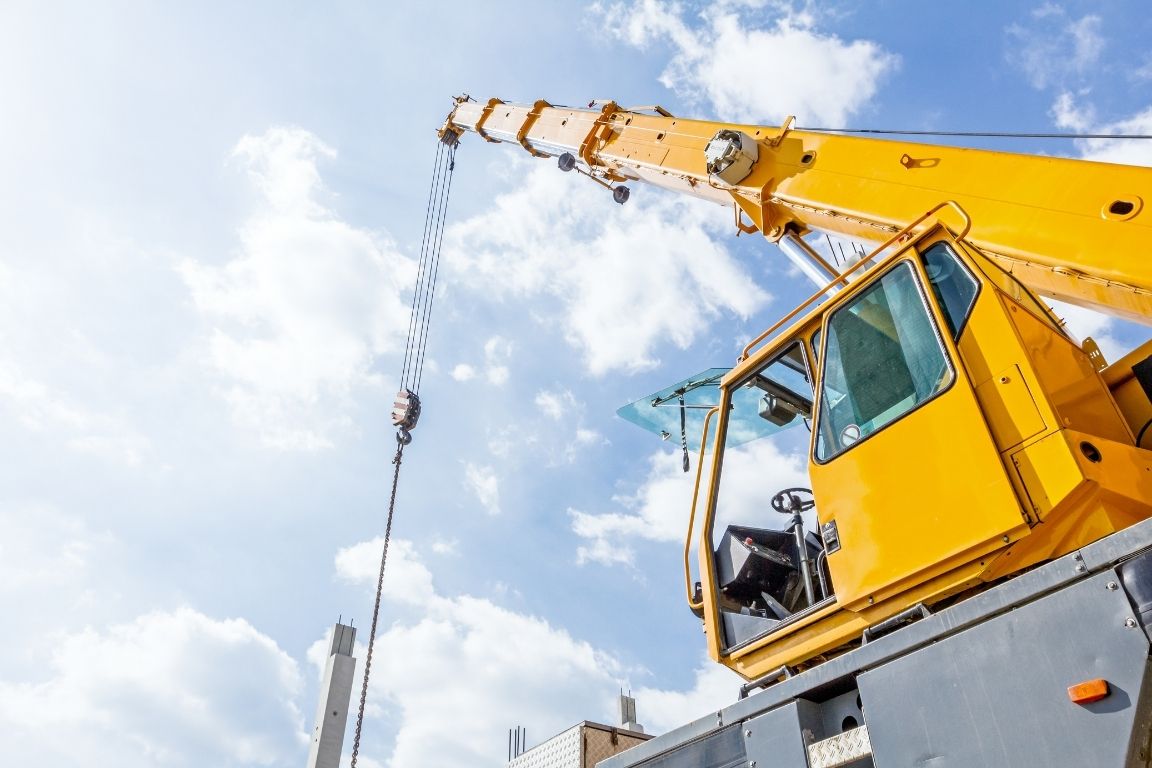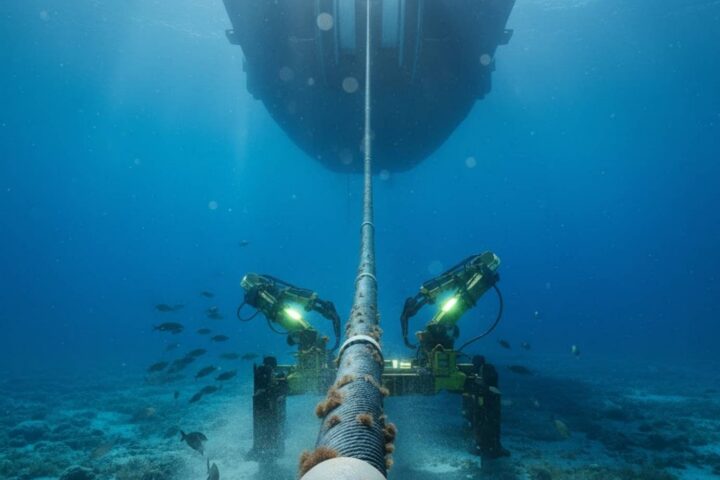If you’re in the market for some new industrial equipment, you may be wondering about how hoists and cranes differ. Both machines have a lot of practical applications, but they are not interchangeable. It’s essential to choose the right type of equipment for your project, or you could end up with a product that doesn’t meet your needs. In this article, we will discuss the difference between hoists and cranes so that you can make an informed decision about which one is right for you.
Defining Hoists & Cranes
A hoist is a piece of equipment that uses ropes, chains, or cables to lift and move heavy objects. This machine typically consists of a metal frame with a platform or saddle for the object you’re lifting. Further, hoists have a set of gears and pulleys that transfer the lifting power from the operator to the object. Hoists are common on construction sites, docks, and in factories to lift heavy objects that would otherwise be too difficult for humans alone.
A crane is a piece of equipment that moves large loads horizontally, vertically, or both simultaneously. The average crane consists of one or more pulleys with motor-driven cables, along with hand levers that can operate on the control panel in the cab or from the ground.
How They Differ
Let’s discuss the titular issue: what’s the difference between hoists and cranes? Firstly, cranes can move much larger loads than hoists. This is because cranes have a more extended reach and can utilize their horizontal movement to transport objects more efficiently. Additionally, cranes typically require a team of workers to operate them, while a single worker can operate hoists. Plus, hoists are smaller and more lightweight than cranes, making them ideal for lifting objects in tight spaces.
The Different Types of Hoists
When perusing the market, you’ll notice that a wide selection of hoists is available. Beyond heavy-duty construction hoists, you can find winch-operated hoists that use cables and pulleys to lift heavy objects; this type of equipment has been around for centuries.
Electric hoists use a motor to lift objects via a handheld remote control. Electric hoists are prevalent in factories and construction sites where no available power source is close to the lifting area. Finally, there is the air-powered or pneumatic hoist, which uses compressed air to lift objects. This hoist is a popular choice in hazardous environments where sparks could start a fire.
The Different Types of Cranes
There are several different types of cranes that you can choose from, depending on your needs. For instance, a stationary crane resides permanently in one location; you cannot move them after the installation.
On the other hand, the mobile crane can move from place to place when necessary. Additionally, there are crawler cranes and wheeled cranes, both of which are mobile but have different transportation methods. Finally, the overhead crane hangs from a ceiling or beam and can move objects in any direction.
Choosing the Right Equipment for Your Needs
When choosing between hoists and cranes, it is essential to consider what you will be using the equipment for on the jobsite. If your project requires lifting heavy objects off the ground, a crane would likely be better than an electric hoist.
Likewise, if your project requires moving large loads horizontally or vertically, then a mobile crane would likely be better than a stationary one. Additionally, if you need a piece of equipment that can operate in hazardous environments, then an air-powered hoist would likely be your best option.
No matter your needs, there is sure to be a type of hoist or crane that will fit the bill. Be sure to consult with a professional before making your purchase to ensure you’re getting the best equipment for your project.











